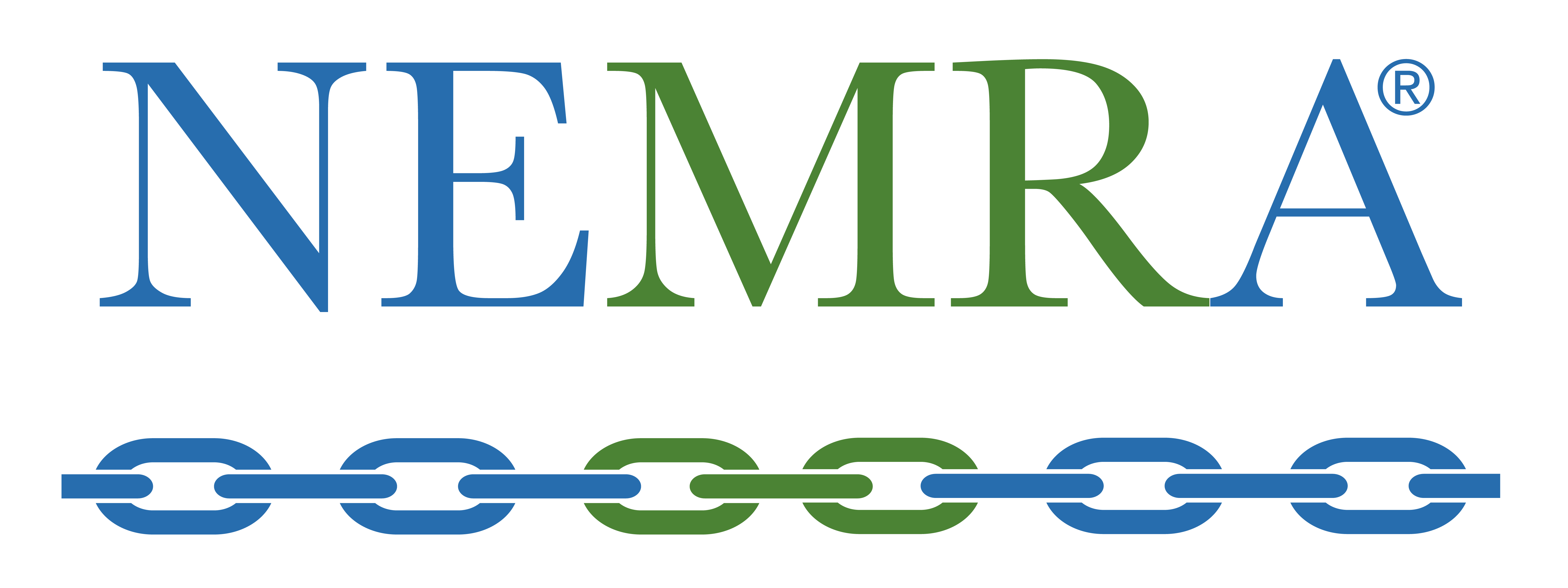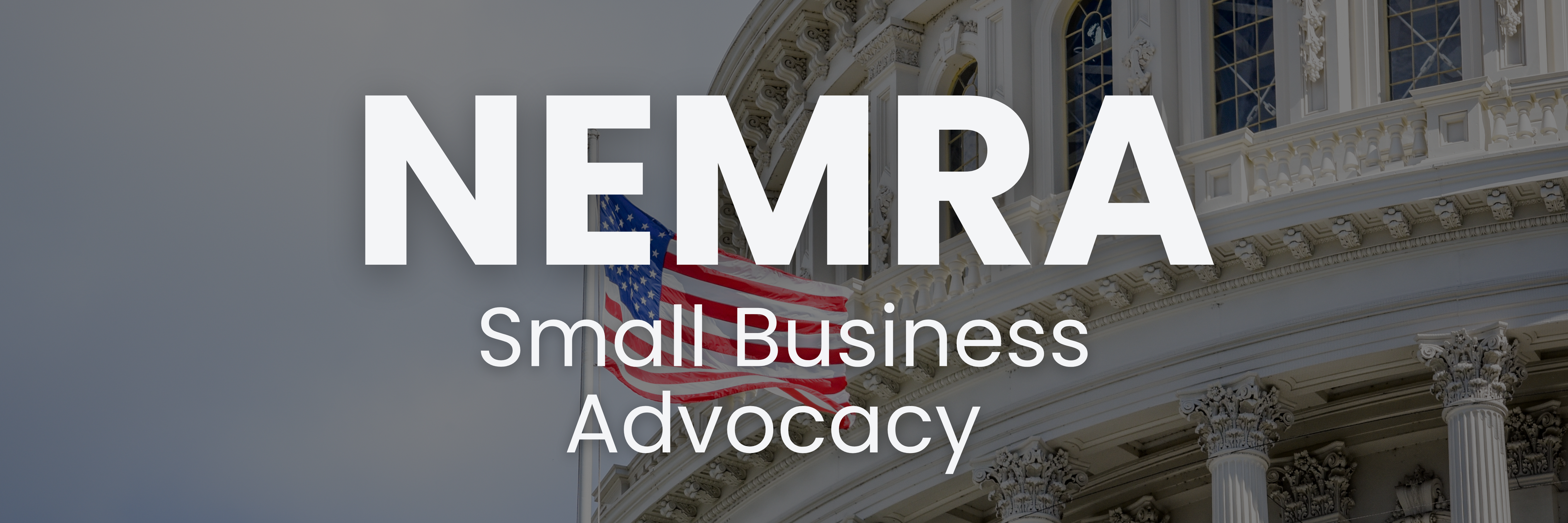SPECIAL EDITION #3: Trade Tidbits - Tuesday, April 8, 2025
PROGRAMMING NOTE: Clearing the decks on yesterday’s tariff announcement, as of right now.
- Still some questions but China goes to 125%, all other Annex I countries at 10%
- How we got to that
- Update on negotiations as EU imposes steel and aluminum retaliation
- Oh and news on de minimis fees and a new shipbuilding Executive Order
DISCLAIMER: The below is intended to inform, not to be construed as an official statement from the office of Rep. Yakym
Tidbits
Let’s start with the paper. We got a CSMS message at 10:59pm raising the IEEPA reciprocal tariff on China to 125%, effective at 12:01am on April 10, and returning all other countries that had a reciprocal rate (Annex I) at the IEEPA universal rate of 10%. The CSMS message references a Proclamation whose only google search result (as of writing) is the CSMS message. I assume it will get posted 5 minutes after I send this. And that has been your paper update.
The only other paper-type thing we have to go off of is President Donald Trump’s 1:18pm truth, which sent markets skyrocketing and certain (ahem) staffers scrambling. That truth mentioned China to 125% (check) and a 90-day pause (not check) on the reciprocal tariff rate for any countries that haven’t retaliated against tariffs, leaving them at the universal rate of 10% (check).
And that’s where I still have some questions that an accompanying Proclamation should answer. For example…
- The EU retaliated yesterday (more on that later). BUT it was against the Section 232 steel and aluminum tariffs. Based on the CSMS message, it seems like any 232 retaliation is siloed off from IEEPA retaliation.
- As mentioned in Tuesday’s update, Canada’s retaliation began yesterday too, but that was also for a 232 action (autos). There was some confusion on if/how Canada and Mexico fit into this pause, but it seems to have landed on no change for them due to their IEEPA border/fentanyl tariffs. Again, a Proclamation would help confirm that.
- The other question is on the 90-day pause (to ~July 8). Because remember back in early March (approximately 100 years ago) when the Canada and Mexico IEEPA fentanyl/border tariffs were paused for USMCA-compliant goods through April 2? That deadline was *spoken* but the *paper that followed* had no such deadline. And come April 2, the USMCA carveout just kinda kept on keeping on. So watch *very closely* to see if that 90 days is codified or not.
Taking a step back for an observation, it seems useful not to visualize all of these trade actions collectively. Rather, view them as a set of separate and distinct buckets that are siloed off from each other. They interact collectively but toggle individually.
That’s why I keep doing the plus thing when gaming out a tariff rate – ie a List 1 import from China has 20% IEEPA fentanyl + 85% IEEPA reciprocal + 25% Section 301; a steel derivative import from the UK has 10% IEEPA universal + 25% Section 232 steel. Yes, those examples (which I hope I did right) ultimately sum to 150%(!) and 50% respectively. BUT each of those is a separate switch that could individually get turned off at a moment’s notice and is (in theory) subject to separate negotiations with separate actions required to lift. Doesn’t mean they can’t all go away at the same time, but I don’t know that I’d count on that either. Especially if a 232 is involved.
A corollary that (pending a Proclamation) also seems to be emerging is that retaliation for a given action is siloed too – ie retaliating against a 232 doesn’t impact your IEEPA tariff. Again, we need paper, and there could be an example I’m not thinking of where that’s the case, and it could always change down the road.
Tick Tock Trio
Well, after President Donald Trump raised the IEEPA reciprocal tariff from 34% to 84%, China upped its retaliation from 34% to 84%, thus furthering the Breakfast Club Tariff Spiral, and leading to the truth. FWIW, Trump told reporters that he “can’t imagine” raising China tariffs higher than 125%, adding, “I don’t think I’ll have to do it.”
But we actually already have three tick tocks on the decision from major outlets – the Wall Street Journal, New York Times, and Washington Post. So I’m going to synthesize that below. A lot of it boils down to the stock and bond market reactions, or as Trump put it, “I saw last night where people were getting a little queasy.” A lot of banking and business execs drove home that point to him and his team over the past week. Treasury Secretary Scott Bessent, Commerce Secretary Howard Lutnick, and National Economic Council Director Kevin Hassett discussed the bond market Wednesday morning. That apparently resonated strongly with Trump.
A group of Senators who appeared on a Tuesday evening episode of Sean Hannity’s show helped make the case too. As noted in the truth, a lot of countries have come to the table with offers *and* held off on retaliation too – a point they drove home, urging him to focus on negotiations and putting some Ws on the board.
Treasury Secretary Scott Bessent gets a lot of credit in the articles. White House trade advisor Peter Navarro did not take part in the meeting where Trump, with Bessent and Lutnick, hashed out the pause. Despite pushing for ever-higher tariffs (flagging a separate Bloomberg piece), he was a team player in the end: “One band, one sound” as he told Fox Business. (A reference appreciated by this former collegiate drumline guy)
One other thing to note. When asked by a reporter about company-specific exemptions, Trump said, “As time goes by we’re going to take a look at it…There are some hit hard. There are some that by the nature of the company get hit a little harder. We’ll take a look at it…You have to have flexibility…Some companies through no fault of their own happen to be in an industry that is more affected by these things than others. You have to be able to show a little flexibility and you have to be able to do that.”
Negotiation Nation
President Donald Trump’s truth mentioned 75 countries are ready to negotiate “tailored” deals. National Economic Council Director Kevin Hassett said allies will be prioritized in negotiations, but some countries are apparently having trouble getting through. At any rate, let’s run through some country-by-country negotiation news while we’re here:
- Canada: Prime Minister Mark Carney welcomed the reciprocal pause even though they weren’t directly impacted, reiterating that the two countries “will commence negotiations on a new economic and security relationship immediately following the Federal election.”
- China: Treasury Secretary Scott Bessent wouldn’t rule out delisting Chinese companies from U.S. stock markets. China’s retaliation is increasingly non-tariff-related. Chinese censors are squashing any mentions of 104% on social media (and I guess 125% too?).
- The EU: European Commission President Ursula von der Leyen welcomed the reciprocal pause, while member states approved approximately €22.1 billion worth of retaliation for the reimposition of the Section 232 steel and aluminum tariffs. Trade Commissioner Maros Sefcovic held a call with Commerce Secretary Howard Lutnick and US Trade Representative Jamieson Greer Tuesday to discuss a potential structure for negotiations. Italian Prime Minister Giorgia Meloni will visit the U.S. next week, in coordination with the EU, to talk tariffs with President Donald Trump. The visit is making France nervous. Spanish Prime Minister Pedro Sanchez, meanwhile, is visiting China Friday. And Germany finally has a coalition agreement.
- India: Foreign Minister S. Jaishankar said the country wants a trade deal by the fall.
- The Philippines: The country sees opportunity in the tariffs for development.
- Switzerland: President Karin Keller-Sutter spoke with President Donald Trump yesterday morning.
- Thailand: Deputy Prime Minister and Finance Minister Pichai Chunhavajira will lead negotiations for the country.
- Vietnam: Deputy Prime Minister Ho Duc Phoc was in DC and met with USTR Jamieson Greer and Treasury Secretary Scott Bessent.
But Wait, There's More
- We got a link for the Proclamation raising China’s IEEPA reciprocal tariff from 34% to 84%. However, it’s worth flagging Section 3, which also altered de minimis tariffs and fees.
- President Donald Trump signed an Executive Order on “Restoring America’s Maritime Dominance” that directs USTR to finalize the Section 301 China shipbuilding fees and enforces the Harbor Maintenance Fee plus a 10% service fee on goods imported from a third country through Canada and Mexico that aren’t substantially transformed. You can find a fact sheet here. Also, running back to the Section 301 fee, USTR may make some changes based on feedback in the public hearings.
- The House passed another rule that included a provision to forestall votes undoing the IEEPA emergencies.




